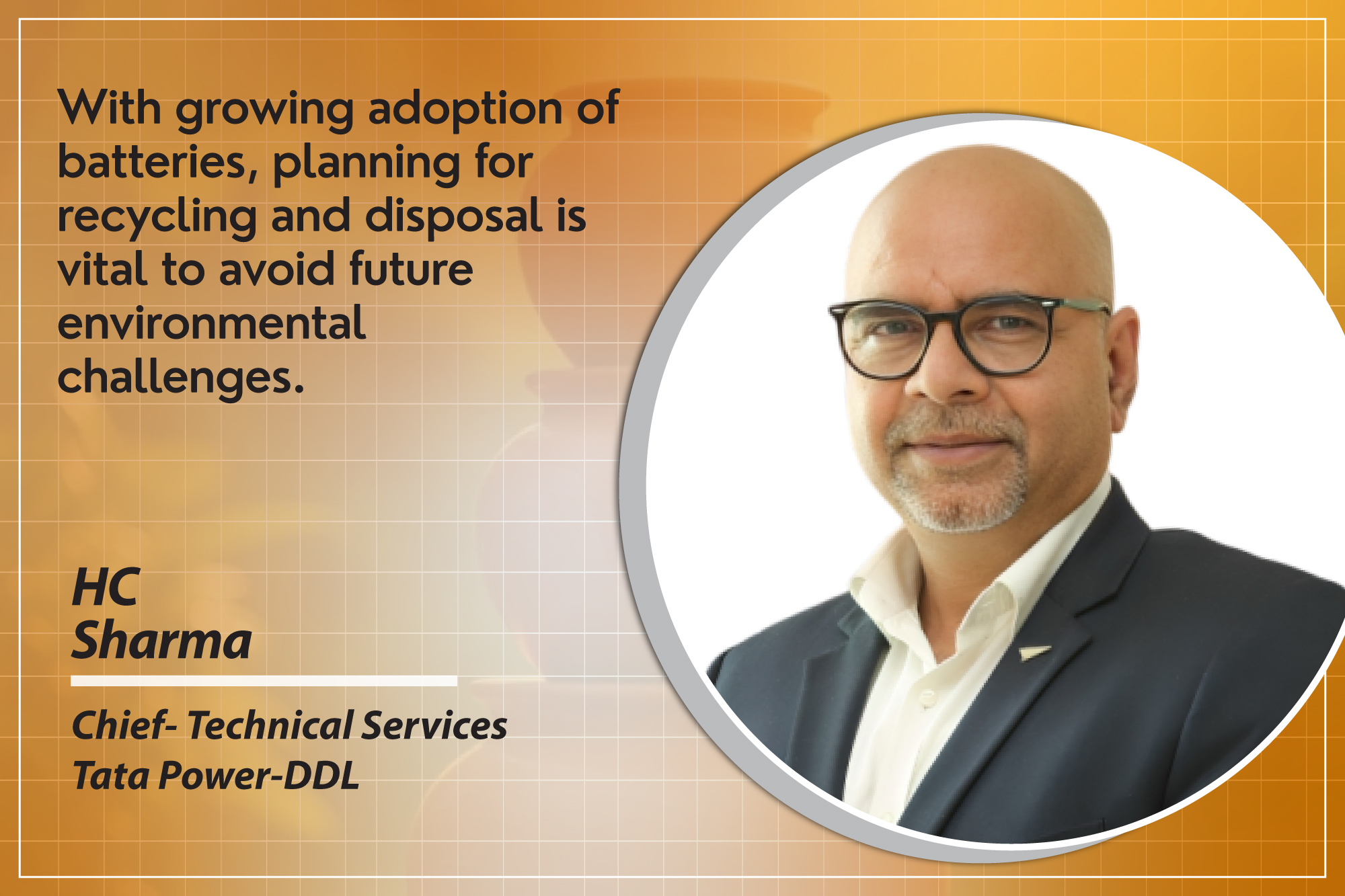Energy storage to lead infrastructure in the next decade
By Staff Report August 25, 2025 7:55 pm IST
By Staff Report August 25, 2025 7:55 pm IST

Storage enables utilities to buy or generate cheap power, store it and release it when prices are higher making the system reliable and financially sustainable.
The installed power capacity of India is higher than peak demand, creating an impression of energy security. But the challenge lies not just in capacity numbers, but in managing when and how this power is available.
For example, the simultaneous growth of solar and wind creates a unique load management issue. Solar generation peaks during the day but disappears in the evening when demand surges. Wind generation, while helpful, is unpredictable. This mismatch makes it difficult to serve the growing night load without dependable backup. Here comes energy storage into play.
Energy storage
India’s roadmap estimates a requirement of 411 GWh of storage capacity. At an estimated cost of around ₹1.5 crore per MWh, this translates into a staggering ₹6.15 lakh crore investment. Whether it comes from large-scale battery systems or pumped storage projects (PSPs), this will be one of the biggest infrastructure commitments in the coming decade.
Many utilities face wide variations between peak and minimum demand. For example, one company has a peak demand of 2,481 MW against a minimum of just 600 MW. With renewables exceeding 1,000 MW in its portfolio, managing excess power without storage would be nearly impossible.
High renewable penetration makes grids vulnerable to sudden fluctuations due to weather changes. Storms, sudden drops in temperature or unseasonal rain can sharply reduce generation. Storage helps cushion these shocks.
During the day, when solar power floods the market, prices dip to ₹2–3 per unit. In the evening, they can jump to ₹10 per unit. Storage enables utilities to buy or generate cheap power, store it and release it when prices are higher, making the system reliable and financially sustainable.
Thermal power still matters.
Despite push toward renewables, thermal power remains indispensable. The reality is that the country cannot completely do away with coal-based plants in the near future. They provide stability and ensure a reliable supply when renewable generation dips.
Thermal power plants still face some hurdles. Most of them can’t run below 55 per cent of their full capacity, which makes it hard to adjust quickly when renewable energy supply fluctuates. If new technology could push that limit down to 25 percent, these plants would be much more flexible and better at supporting renewables on the grid.Another critical factor is the ramp rate of thermal plants. Today, it often takes three to four hours for a plant to ramp up output. But in a renewable-heavy grid, fast ramping becomes essential, especially in the evening when solar power declines and demand spikes. Improving ramp rates is therefore a key area of focus for the future.
Challenges
Even though battery prices have dropped in recent years, they remain a significant investment. The economics will improve only with scale and higher utilisation cycles. Discoms and utilities need to build in-house technical expertise. Without it, they risk becoming dependent on equipment suppliers and system integrators, effectively locking themselves into monopoly situations. Knowing the suppliers of key components such as batteries, inverters, and power conditioning systems (PCS) is critical. If these are bundled without transparency, utilities may face issues when components fail or become obsolete.
Battery storage systems lose around 10–15 percent of energy as heat, requiring robust cooling systems. Poor cooling can reduce battery life and reliability. With growing adoption of batteries, planning for recycling and disposal is vital to avoid future environmental challenges.
Path ahead
The journey toward renewable energy dominance is irreversible. But success will depend on how effectively the country integrates storage, improves thermal plant flexibility and builds operational resilience in its utilities.
The next few years will be decisive. Whether it is reducing the minimum technical limit of thermal plants, accelerating ramp rates or deploying large-scale storage, every improvement will bring the grid closer to stability.
Ultimately, renewable energy penetration is not just about adding capacity. It is about creating a balanced, flexible, and resilient system where each component, renewables, thermal, storage, transmission, and distribution, plays its role. If India manages to solve these challenges, it can meet its 2030 targets and set a global benchmark for managing high levels of renewable integration cost-effectively and reliably.
*************************************
We use cookies to personalize your experience. By continuing to visit this website you agree to our Terms & Conditions, Privacy Policy and Cookie Policy.